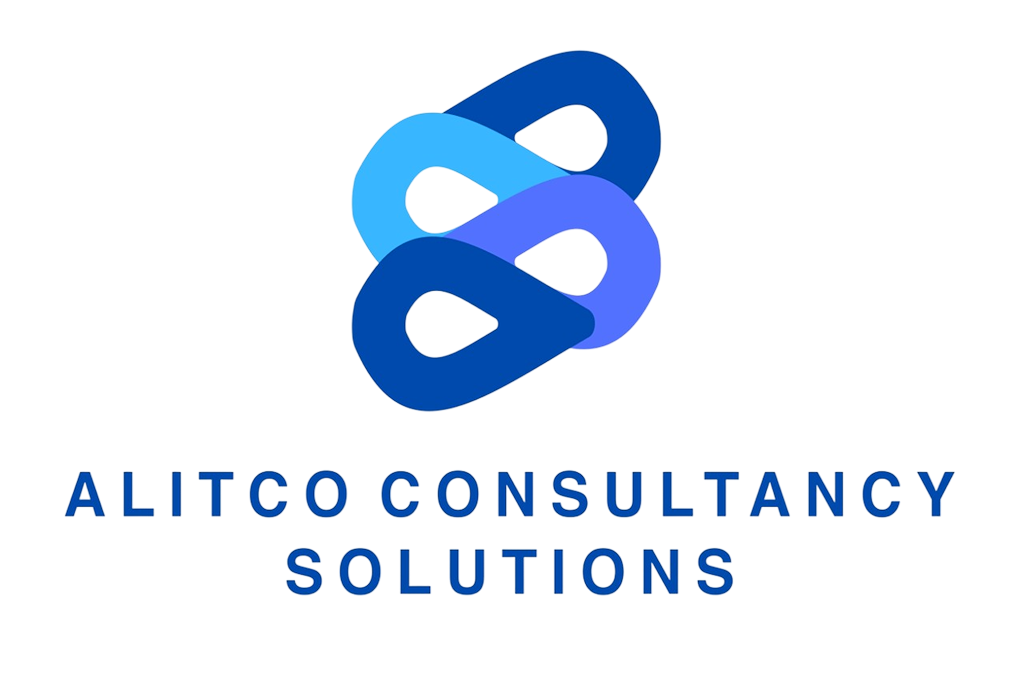17November 2025
Introduction
In many small and medium enterprises (SMEs), the primary focus is often on meeting regulatory requirements — filing taxes, renewing business permits, and adhering to government or industry standards. While compliance is critical and protects the business from penalties and legal risks, it cannot guarantee growth, profitability, sustainability, or competitive advantage.
In a volatile and fast-changing business environment, compliance without strategy leads to stagnation. To thrive, small businesses must balance regulatory compliance with strategic thinking, innovation, and market responsiveness.

1. The Problem: Overreliance on Administrative Compliance
Many small businesses in Kenya, Africa, and other emerging markets still operate using a compliance-first mentality. Business owners spend time on paperwork, approvals, and renewals while ignoring forward-looking decisions such as market research, technology adoption, branding, and customer experience improvement.
This approach creates several hidden risks:
| Hidden Risk | Description |
|---|---|
| Missed Opportunities | Competitors adopt new trends faster |
| Slow Decision-Making | Business reacts instead of anticipates |
| Limited Innovation | Staff focus on tasks, not improvement |
| Stagnant Growth | No long-term direction or scalability plan |
Compliance keeps a business alive — but strategy helps it grow, innovate, and dominate.
2. The Shift: From Control-Based Thinking to Creativity & Strategic Innovation
High-performing SMEs strike a balance between control, creativity, and opportunity exploration. They maintain compliance but elevate thinking toward value creation and competitiveness.
Characteristics of Control-Mindset Businesses:
-
Ask: “Are we following all rules?”
-
Focus: paperwork, auditing, approvals
-
Reward: routine execution
Characteristics of Strategic-Mindset Businesses:
-
Ask: “How do we grow and win in the market?”
-
Focus: innovation, customer value, digital growth
-
Reward: ideas, improvement, experimentation
Mindset Transformation Formula:
Compliance + Strategy + Innovation = Sustainable Competitiveness
3. Tools That Support Strategic Thinking in Small Businesses
SMEs can use simplified strategic management tools to guide direction, reduce guesswork, and prepare for uncertainty.
| Strategic Tool | Purpose | Outcome |
|---|---|---|
| Balanced Scorecard | Links goals to performance | Clarity & alignment |
| SWOT Analysis | Environmental reflection | Identifies opportunities & risks |
| PESTLE Analysis | Macro-environment scan | Future-proofing |
| Strategic Retreats | Annual reflection & planning | Roadmap creation |
| Scenario Planning | “What if” preparation | Proactive response |
4. Practical Steps to Transition Into a Strategic Business
Here are realistic, low-cost actions SMEs can start immediately:
-
Allocate at least 40% of leadership meeting agendas for strategy, not admin tasks.
-
Form a small “Strategy Advisory Circle” (can include banker, accountant, mentor, or experienced customer).
-
Invite experts quarterly — marketing advisor, ICT consultant, tax expert, or digital strategist.
-
Use data dashboards — even simple Excel sheets tracking revenue trends, customer retention, and product performance.
-
Encourage staff idea generation — reward suggestions and innovations.
-
Digitize where possible — automate documentation to free time for strategy.
Key Success Indicators for SMEs Adopting Strategic Thinking
Your business is shifting toward competitiveness if you see signs such as:
✔ Moving from manual records to digital systems
✔ Staff offering improvement ideas without being asked
✔ Customer feedback informing decisions
✔ Revenue streams becoming more diversified
✔ Marketing becoming more targeted and data-driven
✔ Business planning shifting beyond 12 months
Conclusion
Successful small businesses don’t just comply — they compete intelligently. Compliance is a foundation for legitimacy, but strategy drives growth, innovation, and market leadership. When SMEs embrace strategic thinking, they move from surviving today to designing tomorrow.
Ask yourself:
Is my business only following rules, or planning to win?
Call to Action (CTA)
Ready to transform from paperwork-driven to strategically competitive?
Book a Business Growth Strategy Session with us today.
Email: alitcotrainingcentre@gmail.com ;Whatsapp Number +254715651505
Kenya | Africa | Alitco Consultancy Solutions
